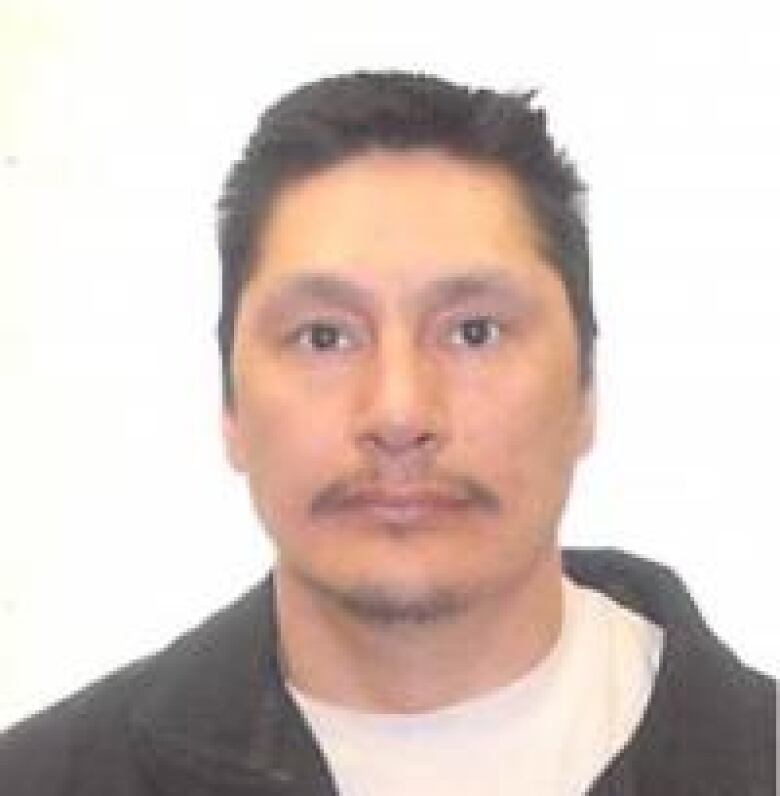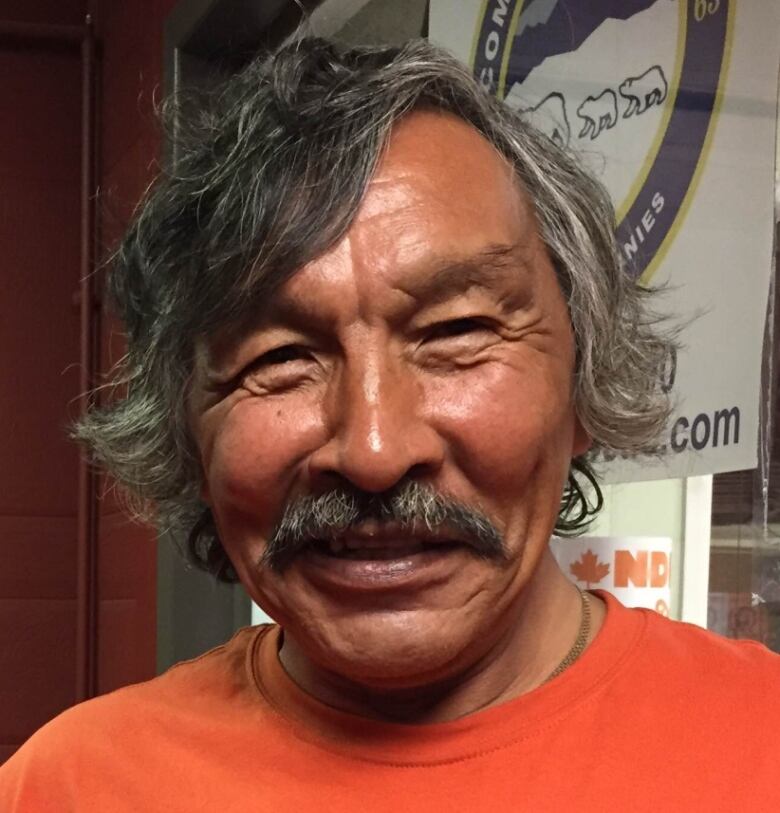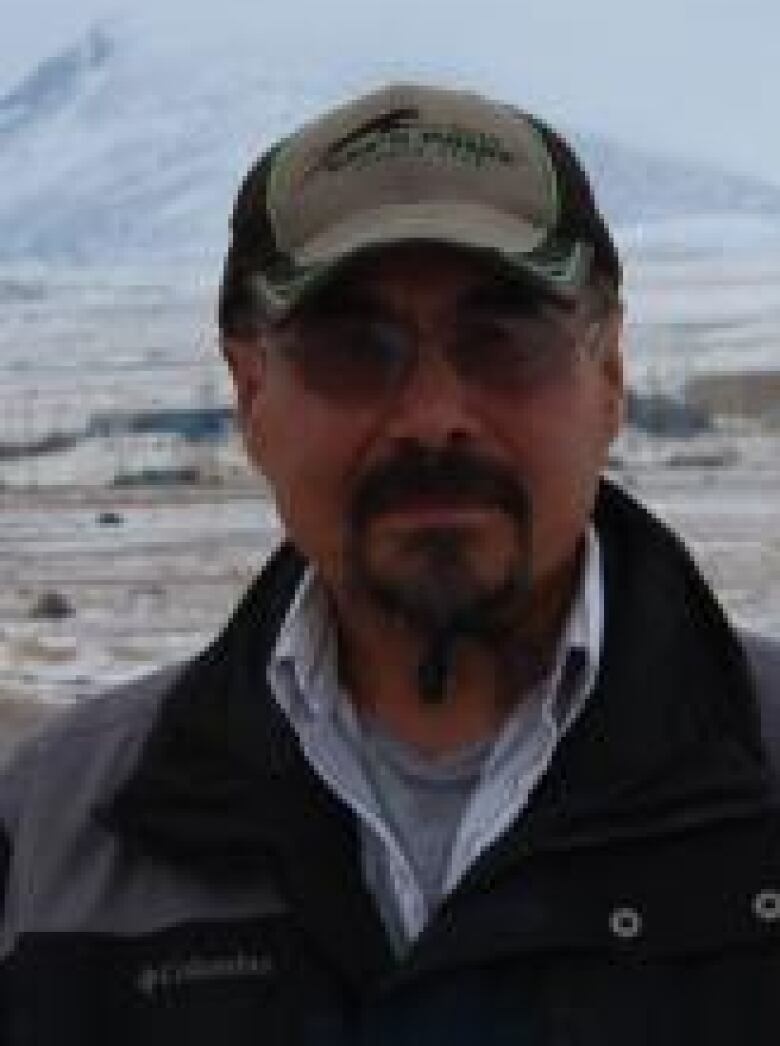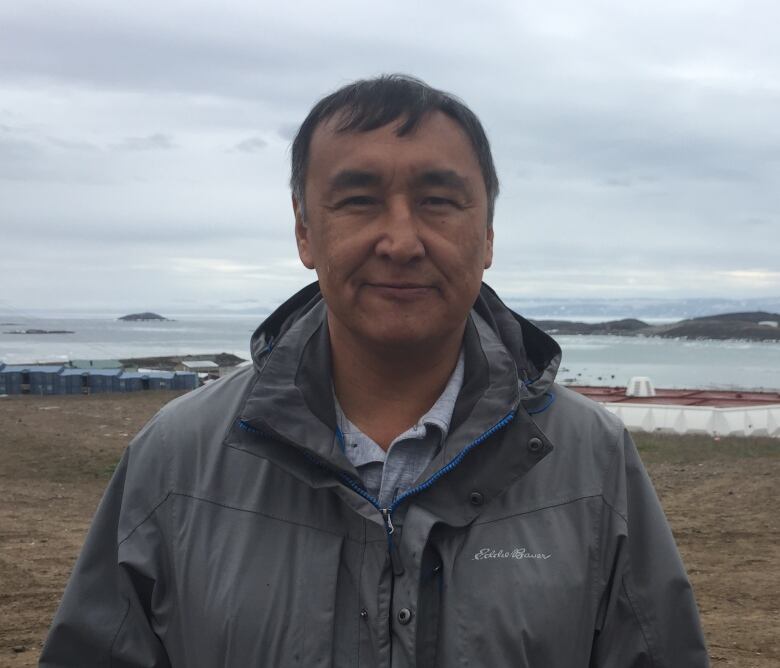Nunavut is for Inuit, say some candidates ahead of territory's 5th general election
The idea of Nunavut and the prosperity of Inuit are at stake for some candidates in Monday's vote

Nunavut's housing crisis is well-documented. Not surprisingly, housing is invariably among top considerations for candidates across Nunavut in this year's territorial election, along with improved healthcare, education, employment, language preservation and poverty reduction.
But these issues share at least one thing in common: they are largely exclusive to Nunavut's Inuit population. In 2016, 19.5 per cent of Inuit in Nunavut almost one in five were unemployed in the wage economy. In comparison, for non-Inuit residents of Nunavut, the unemployment rate is so low Statistics Canada cannot reliably report it.
"Nunavut was created for us to govern ourselves and we have to be proud of ourselves and our culture," said Richard Amarualik, 44, a candidate in the Aggu constituency of Igloolik North.

This is Amarualik's first time running for the Nunavut Legislature. He's taking leave from his role as Igloolik hamlet councillor to "help make things better for us, our friends and family, elders, youth and children."
The father of nine says he's running because "we felt we were not being properly represented [over the last] four years. I feel I can step up to the plate and represent the people here."
According to 2016 census data, 55 per cent of Inuit in Nunavut live in overcrowded homes compared to just under 10 per cent of the non-Inuit population. In the cases of the worst overcrowding, not even half of oneper cent of the non-Inuit population livein ahomeshort of three or more bedrooms, whereas 11 per cent of Inuit that's 3,395 people do.
Thirty-four per cent of Inuit in Nunavut live in homes in need of major repair, compared to just 13 per cent of non-Inuit. The percentage of Inuit living in unsuitable living conditions can climb as high as 70 per cent in the communities outside Iqaluit, according to a 2017 report by the Standing Senate Committee on Aboriginal Peoples.
Some candidates say this disproportionate relationship between the quality of life for Inuit and non-Inuit populations in Nunavut is a failure of the territory and its leaders to live up to the original idea of Nunavut.
Inuit participation in government
"The dream has been sidelined," saysJack Anawak.
Anawak is a former member of parliament for the federal Nunatsiaq riding which eventually became Nunavut in 1999. He's running in the Aivilik constituency which includes his home community of Naujaat(pop.1,082)and Coral Harbour (pop.891).

He says the territory was created"to ensure that Inuit benefited from the creation of Nunavut," a project that still needs much work, he says.
The public sector is the overwhelming majority employer in Nunavut. When Nunavut was created one objective was to have Inuit employment in government at least proportionate to the Inuit population at about 85 per cent.
Nunavut's population has grown since 1999, and so too have the ranks of government employees in the territory. More Inuit have found jobs in government and the overall percentage of Inuit participation in government has certainly increased, but not by much. Between 2001 and 2016, it rose by just eight per cent, from 43 per cent to 51 per cent.
Inuit participation in higher level jobs with higher salaries, greater responsibility and greater influence has, however, remained at levels not much higher than first reported in 2001.
"Nunavut will succeed when we finally have Inuit participating fully in the government," said Karen Kabloona.

Kabloona, 40, is running for election against incumbent Simeon Mikkungwak in Baker Lake (pop.2,070).
"I'd like to see more current and future jobs filled by more Inuit. We need an Inuit employment plan so we can fill those jobs with Inuit. Right now the public service [in Baker Lake] is filled 54 per cent Inuit, the same as it was eight years ago."
"We need the people who live here to thrive," Kabloona said.
But Inuit participation in public sector jobs is not only about ensuring higher wages for Inuit in Nunavut:it's also tied to the idea that the Inuit language should be the working language of the Nunavut government.
The goal from the beginning was that the Inuit language would be the working language of government by 2020.
"I don't think the government is going to meet that deadline," says Johnathan Palluq, 61. He's standing for election in Uqqummiut, the constituency that includes Clyde River (pop.1,053) and Qikiqtarjuaq (pop.598).

"Being Inuk we seem to be alienated by the bureaucrats. That needs to change," he said. "I want to change job descriptions to insist on [an] Inuktitut language requirement."
According to the most recent statistics,89.1 per cent of Inuit in Nunavut can carry on a conversation in Inuktut (Inuktut is a term for all Inuit languages, including Inuktitut, Inuinnaqtun and Inuvialuktun).That number remains essentially unchanged since the last census in 2011.
For Emiliano Qirngnuq, the incumbent in the constituency of Netsilik which includes Taloyoak (pop.1,029) and Kugaaruk (pop. 933), bringing up thenumber of speakersis a priority for Nunavut.
"Schooling is in English or French," Qirngnuq said. "These are the two main [school languages] in our territory. What about our language?"

"When youth complete Grade 12 [and cannot] speak the Inuktitut language, I would say they are not fully educated."
Paul Okalik, 53, is the incumbent in Iqaluit-Sinaa. He was also Nunavut's first premier.
He too names education as one of his top priorities for the next government, but says it should be a two-way street.

"We're not going to convert non-Inuit to Inuit," he said. "But we're going to educate them and show them there are better ways to handle some issues in our society, and that's our role [as Inuit]."
"I want to see more success stories for Inuit so we can do our part in growing our economy and contributing to a healthy society and territory."
Nunavummiut will elect their new government on Oct. 30.
There are 71 candidates vying for election in 21 of 22 ridings across the territory. One candidate for election, Mila Kamingoak, was acclaimed after the incumbent in her constituency current Premier Peter Taptuna announced he would not be standing for re-election.
With files from Michelle Pucci, Kowisa Arlooktoo












_(720p).jpg)


 OFFICIAL HD MUSIC VIDEO.jpg)
.jpg)



























































































